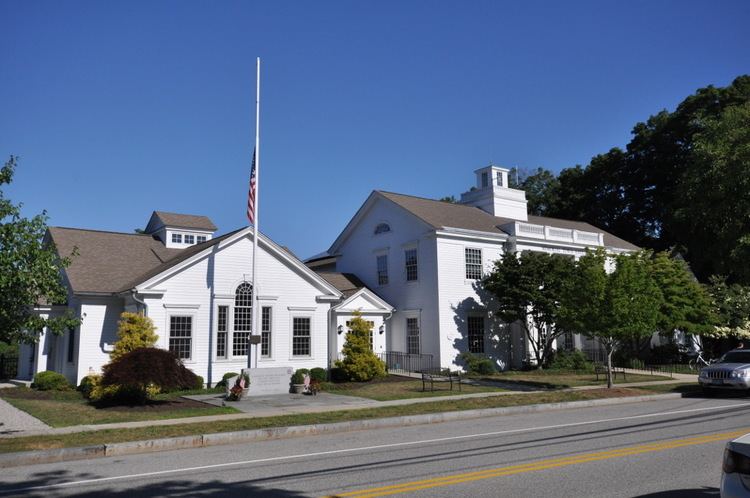Nationality United States | Occupation Architect | |
 | ||
Born January 19, 1885 Waterford, Connecticut Died 1961, New London, Connecticut, United States Books Winged Victory: The Story of the Forty-Third Infantry Division, 1941-1945 | ||
Morris B. Payne (1885-1961) was an American architect from New London, Connecticut. He was also Major general in the Connecticut National Guard and commanded 43rd Infantry Division at the beginning of World War II.
Contents
Life and career
Morris Benham Payne was born in Waterford, Connecticut on January 19, 1885. He attended the public schools. Wishing to become a civil engineer, he entered the offices of Daball & Crandall, a New London engineering firm. from 1906 to 1912 he was employed by the United States engineering department. When he left government work in 1912, he established a partnership with architect James S. Duffy as Duffy & Payne, architects and engineers. They went separate ways in 1913, and Payne worked alone for the next two years.
In late 1915, he established a partnership with B. Bouis Adams, an architect from Washington, DC. Payne went abroad to France in 1917 with the Coast Artillery Corps, at which point Adams managed the office alone. Due to his declining health in Payne's absence, he closed the office in late 1918, and died in February 1919. Payne returned in January of that year, and after Adams' death, established a new partnership, Payne & Griswold, with Harry Todd Griswold. Edward R. Keefe joined the partnership in 1920, which became Payne, Griswold & Keefe. Griswold withdrew in 1922, after which point the firm existed as Payne & Keefe. Payne & Keefe existed at least through the early 1950s.
Payne died in 1961. He was a Freemason.
Legacy
One of Payne's buildings, the U. S. Post Office in New London, has been listed on the National Register of Historic Places. In addition, many of his works in New London, Old Lyme, and Groton contribute to listed historic districts.
In a 1921 publication detailing Connecticut domestic architecture, the work of Payne's firm was described as "...in the style so highly esteemed by the Founders. The people here seem to revere the architectural traditions of their old homes, but it appears to be a reverence thoroughly intermixed with discriminatory appreciation which counts for a clientele that stimulates because of its intelligent enthusiasm".
